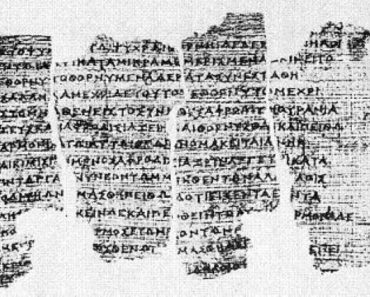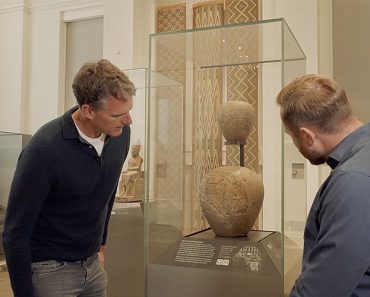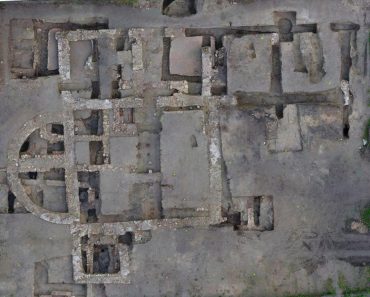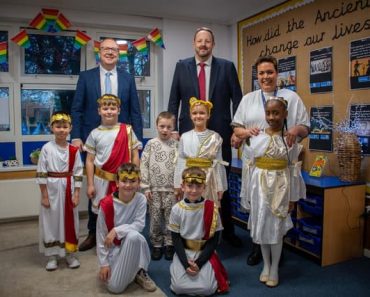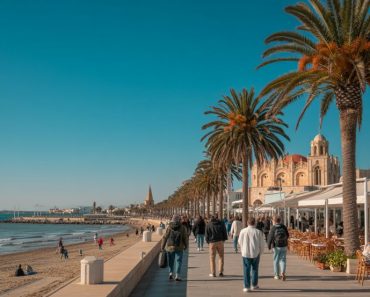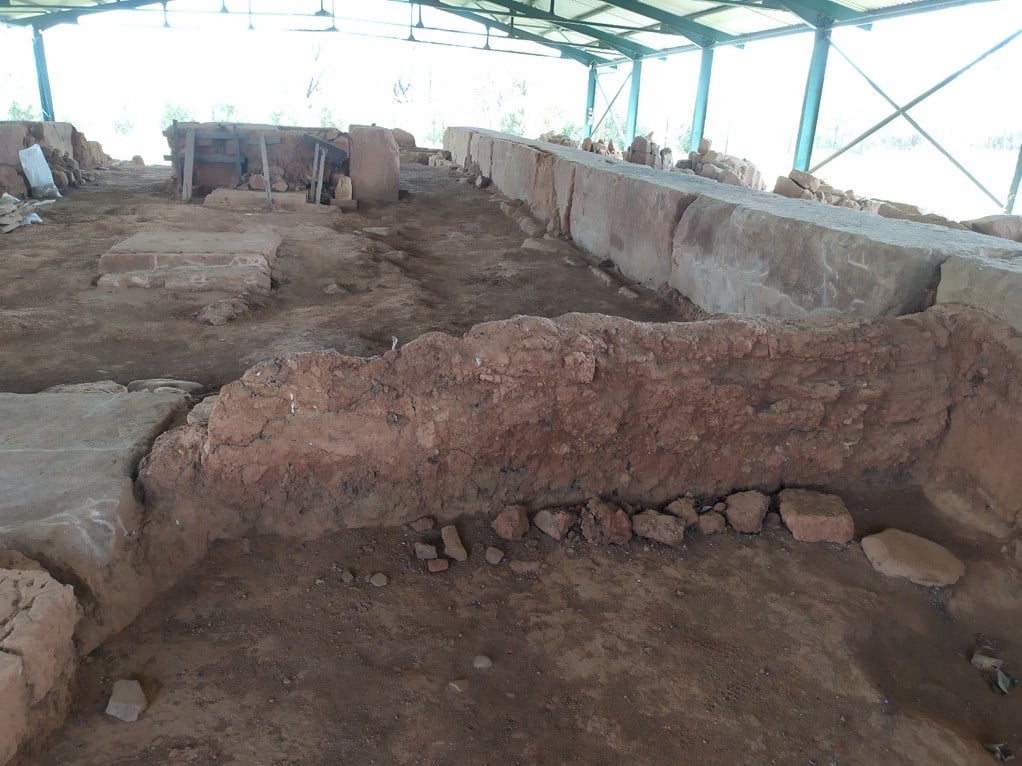
The Greek Ministry of Culture is launching a major project for the protection, restoration, and enhancement of the Archaic Temple of Apollo Hopleus at the site of Ancient Metropolis in the regional unit of Karditsa, Thessaly.
The interventions will focus on the stabilization and restoration of the monument, conservation of the naos (cellar) architectural elements, and comprehensive fire protection and flood defense measures for the archaeological site.
The Ancient City of Metropolis

Ancient Metropolis was founded in the early 4th century BC through the joining of three previously independent, lesser-known villages. The city was inhabited until the 6th century AD.
Due to its location in Thessaly, Metropolis played a role in local history and, later, in the Roman Civil War (1st century BC). The city is mentioned by classical authors including Julius Caesar, Strabo, Ptolemy, and Hierocles.
Procopius, writing in the 6th century AD, later noted that fortifications were repaired here under the reign of Emperor Justinian.
The site is situated near the modern village of Metropoli. Its location in the fertile plain of Thessaly meant it was an agricultural and local administrative center. Archaeological evidence suggests an organized urban plan, including a stadium, theatre, and public buildings from the Hellenistic and Roman periods, though the temple remains the central focus.
The Temple of Apollo Hopleus: A Masterpiece of Archaic Architecture
Minister of Culture Lina Mendoni stated that the Archaic Doric Temple of Apollo Hopleus is considered the best-preserved monumental temple of antiquity in all of Thessaly, dating back to the 6th century BC.
The temple was destroyed by fire around the mid-2nd century BC and remained in ruins thereafter.
It is regarded as one of the most significant examples of Doric architecture, comparable in size to the Temple of Hephaestus in the Ancient Agora of Athens. The temple preserves crucial information regarding the evolution of ancient Greek architecture.
The cult statue of Apollo Hopleus
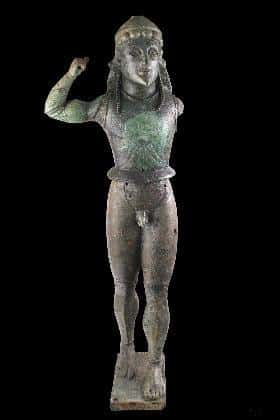
One of the most important finds is the exceptionally well-preserved intact bronze statue of a male figure depicted as a hoplite (armed soldier).
This statue has been identified as the cult statue of Apollo Hopleus (Apollo the Hoplite), based on a dedicatory inscribed stele found fragmented within the naos.
The Temple of Apollo Hopleus has been extensively studied by the Greek academic Manolis Korres. The study notes that the building’s typology—especially its later rearrangement with an adyton (inner sanctuary) and stone benches—combines features of both typical temples and telesteria (halls for mystery rituals).
The rare Doric capitals, which feature unique relief decoration (a lotus motif) on the lower part (echinus), are historically significant for understanding ancient Greek architectural history.

The monument suffers from severe settlements across its entire expanse. While most lower sections of the columns remain in situ, others are badly damaged. Extensive damage to the foundations was caused by looting activity in 1993, where stones were violently displaced.
Systematic excavation of the temple began in 1994 and continues to reveal new data. Following necessary expropriations, the monument and its surrounding area were officially designated an archaeological site.


